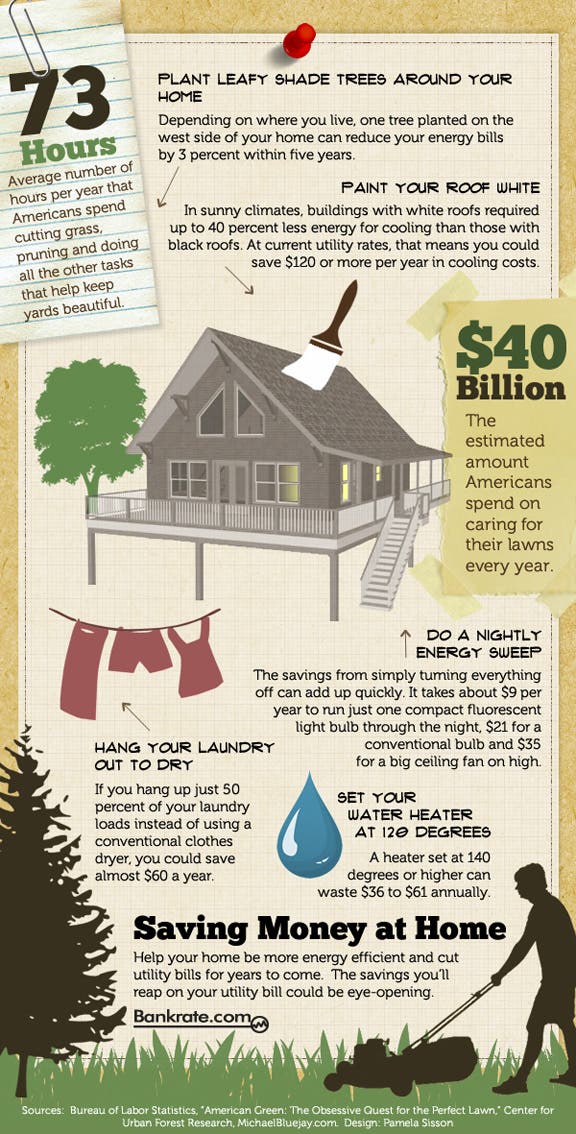Signs It's Time To Get Rid Of A Tree - A Property Owner'S Guide
Signs It's Time To Get Rid Of A Tree - A Property Owner'S Guide
Blog Article
Author-Churchill Crowder
Trees include charm and worth to home, but they can also pose a risk during severe weather condition events. If a tree has quit growing, is exhibiting noticeable fungal growth, or has a leaning trunk, it needs to be eliminated by a professional to prevent property damages and injury.
For more information, go to a homeowner resource fair co-hosted by HPD, the Facility for NYC Neighborhoods, and Brooklyn-based real estate partners this night in Bedford-Stuyvesant. The event will include the Property owner Manual, a brand-new guide to aid house owners browse the responsibilities of having a home.
1. Dead or Dying Branches
Trees are an integral part of your home's landscape, supplying color and elegance. They additionally offer sanctuary for wild animals and create oxygen, however even healthy and balanced trees can experience health problems that might necessitate their elimination. Dead or passing away trees aren't simply unattractive, they can be hazardous. Their branches could drop during a storm, resulting in pricey residential or commercial property damage and injuries.
When landscape property management start to pass away, it implies that its framework is beginning to break down. If the majority of its branches are dead, it is most likely time to remove it.
Seek a lack of brand-new development, bark peeling, open wounds or cavities, fungi expanding on the trunk or origins and a general appearance of decay in the whole cover. These indications of infection can suggest a major problem that will certainly need specialist tree solutions to resolve.
2. Leaning Trunk
While it's normal for trees to lean every so often due to phototropism, if a tree has a hazardous or serious lean that's not because of natural processes - it could be a sign that the tree requires to be eliminated. If the tree is leaning toward a power line, home, car, play structure or any other area that could be harmful to individuals if it falls, after that calling a specialist tree solution for removal must be a leading priority.
It's also vital to expect any kind of sudden changes in a tree's leaning as it can suggest damages to the origins or trunk that might cause falling. This is particularly real during thundercloud, given that high winds and rain-soaked dirt can trigger a lean to transform quickly. Regular monitoring, especially during and after storms can help house owners acknowledge possible troubles with their trees so they can call an arborist for a complete examination.
3. Insect Infestation
Some pest invasions, such as wood-boring bugs like emerald ash borer or sap-suckers like range pests, are so serious that they can cause a tree to die. The most effective means to avoid pest invasion is to check your trees regularly. Look for spots, holes, or discolorations in the leaves and bark. Take a look at the trunk for splits and indicators of insect damages, such as tunnels or tracks.
If a tree ends up being also plagued with bugs, or is close to a home or power lines, an arborist may recommend elimination. If a leaning tree develops a brand-new, unsteady lean, an arborist will likely recommend removal also to guarantee the safety of people and residential property. If a damaged or dead tree consistently drops excessive branches, it is an indicator that it is time to get rid of the tree. If a tree continues to lose branches for a prolonged period of time, it can bring about structural problems and possible residential or commercial property damage.
4. Damaged Trunk
Trees are an attractive and important part of our landscape, but they do call for regular care to maintain them healthy and balanced and risk-free. If a tree is harmed irreparable it is most likely time for it to find down.
Try to find indications of damage to the trunk, consisting of vertical splits, seams, dead branch stubs, noticeable wounds or open cavities and extreme tree-rot. The presence of fungis at the base of the trunk is an additional warning sign. Fungi might indicate that the phloem and xylem (life-support tissues) are jeopardized, permitting the spread of illness or a future failing.
Likewise, take into consideration whether the tree has actually stopped expanding. Healthy trees will certainly have brand-new development each year, which might show up as buds or branches growing and extending. If you don't see any type of new development, it's a great idea to have an arborist examine the tree and follow their recommendation for elimination. https://docs.google.com/spreadsheets/d/1ohgO0eP2OrjhLFua_PEGWjxOLPegFffeRmpPWbMstdc/edit?gid=105964586#gid=105964586 passing away or harmed tree can drop and cause residential property damages.